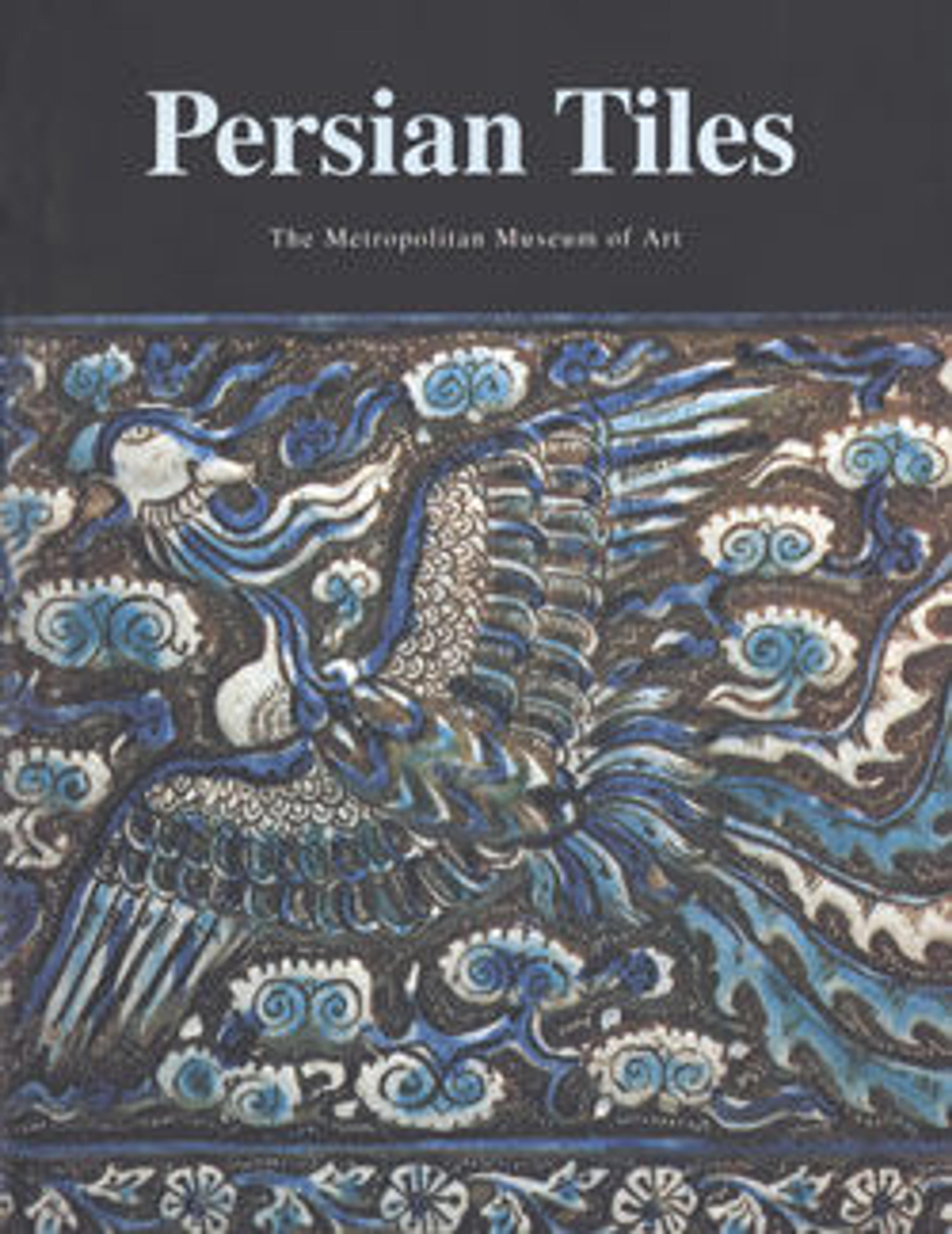Tile with Niche Design
Evoking an architectural mihrab niche, the design of this tile includes columns topped by a multilobed arch. The vigorous calligraphic inscriptions that surround and fill the interior of the "niche" comprise an evocation to the Chahar‑dah Ma'sum (Fourteen Infallibles)—naming the twelve Shi'i Imams and the family of the Prophet Muhammad. The date of this tile places it within the reign of the Ilkhanid ruler Sultan Uljaitu, who was known to have embraced Shi'i Islam.
Artwork Details
- Title:Tile with Niche Design
- Date:dated 712 AH/1312–13 CE
- Geography:Attributed to Iran, Sultanabad
- Medium:Stonepaste; molded and monochrome glazed
- Dimensions:H. 33 1/2 in. (85.1cm)
W. 20 in. (50.8 cm)
D. 3 in. (7.6 cm)
Wt. 74 lbs. (33.6 kg) - Classification:Ceramics-Tiles
- Credit Line:Gift of V. Everit Macy, 1925
- Object Number:25.93
- Curatorial Department: Islamic Art
More Artwork
Research Resources
The Met provides unparalleled resources for research and welcomes an international community of students and scholars. The Met's Open Access API is where creators and researchers can connect to the The Met collection. Open Access data and public domain images are available for unrestricted commercial and noncommercial use without permission or fee.
To request images under copyright and other restrictions, please use this Image Request form.
Feedback
We continue to research and examine historical and cultural context for objects in The Met collection. If you have comments or questions about this object record, please contact us using the form below. The Museum looks forward to receiving your comments.
